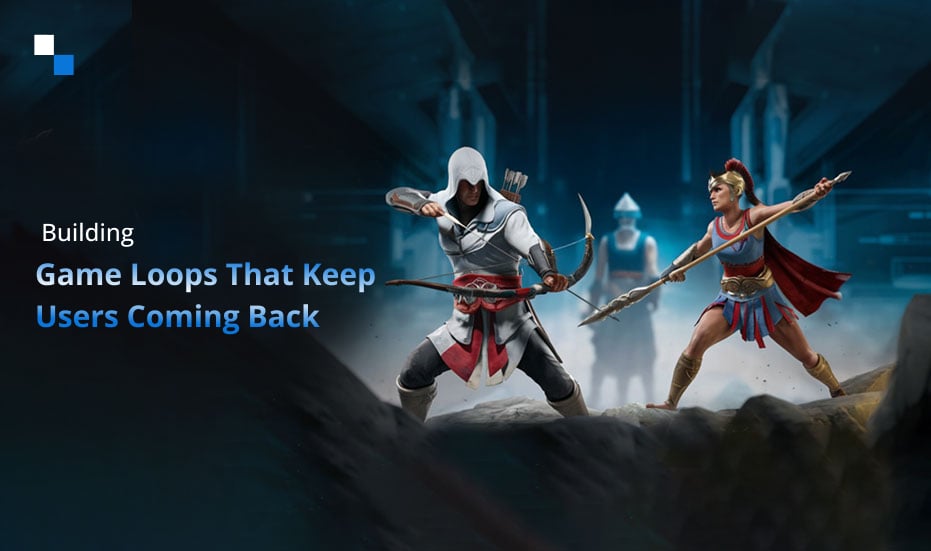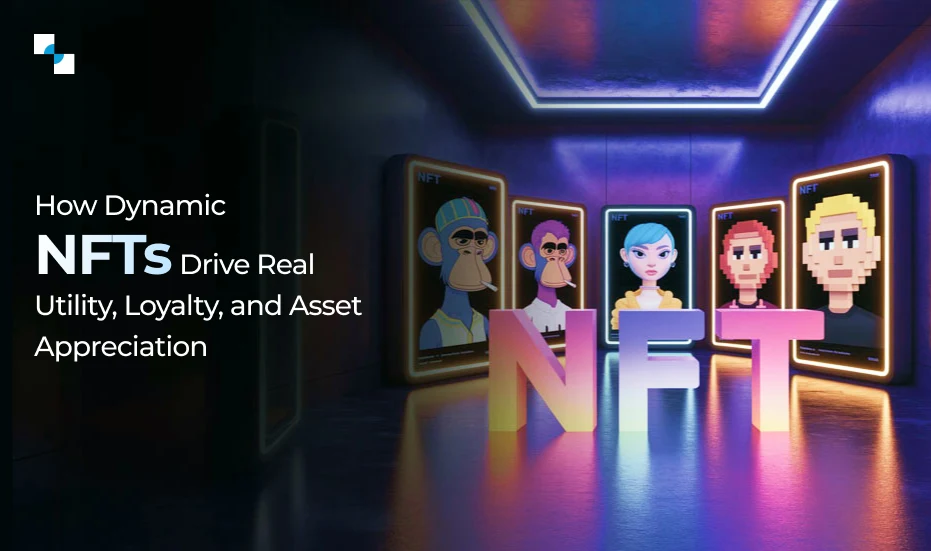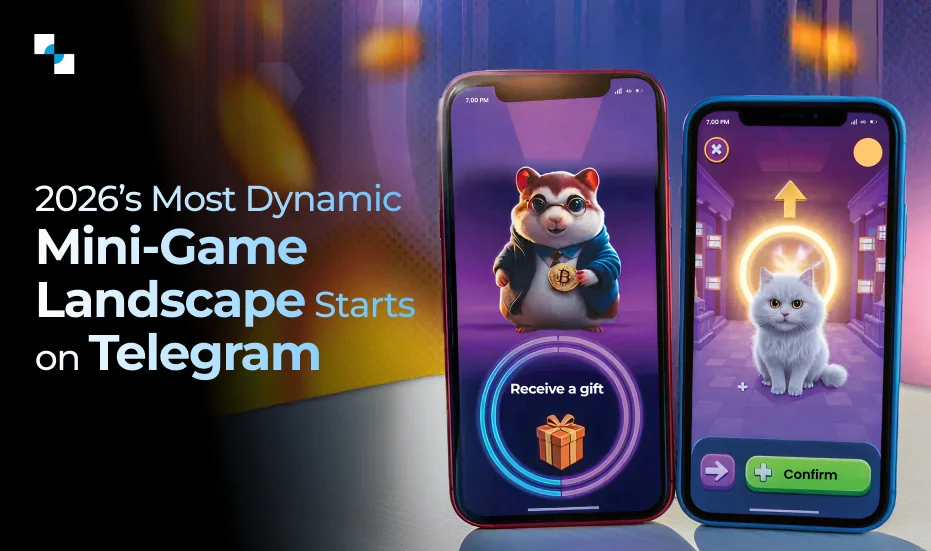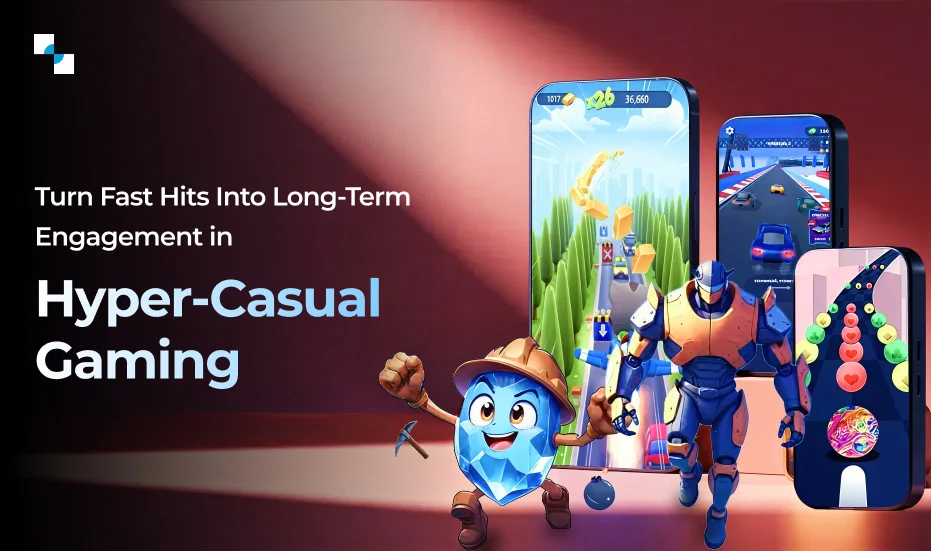Remember that one mobile game you just couldn’t put down? What separates that addictive experience from the hundreds you swiped past? The secret isn’t just flashy graphics or a massive budget—it’s the game loops that turn “just one more try” into hours of relentless play. In our previous blog on Launch Your Tap Tap Game in 2 Weeks, we armed you with the blueprint to build fast. Now, let’s ignite your game’s evolution from “fun distraction” to a AAA gaming masterpiece.
Think about it: Why do players abandon 80% of mobile games within three days, yet obsess over titles like Clash Royale for years? The answer lies in the AAA game developers’ playbook—layered loops that tap into primal human psychology, blending challenge, reward, and surprise into an irresistible cocktail. These studios don’t just build games; they engineer addiction.
Just like AAA game developers craft experiences that dominate charts for years, your Tap Tap game can evolve from a simple time-killer into a player obsession by mastering the art of addictive loops. We’re not just talking about momentary fun; we’re diving deep into the psychology and mechanics that make games truly habit-forming.
In this blog, we’ll decode how AAA gaming principles—powerful progression systems, immediate and satisfying feedback mechanics, and that perfect sweet spot of challenge balancing—can transform your casual concept into a title that rivals the giants and keeps players engaged for hours.
What Are Game Loops?
In game design, a gameplay loop defines a repeat cycle of actions made by the gamer, forming primarily the flow or stream of activities and keeping her playing. So, it really is the “heartbeat” or “engine” of your game, underlining its design and play. These loops can be as simple as spotting, jumping, and successfully evading an obstacle, or as complex as coordinating a raid, killing enemies, and then splitting the loot. The AAA gaming studio knows what matters: the gameplay loop.
Core loops are essential because they make players conquer challenges greater than when they began the game. A well-designed core loop instills a feeling of achievement, empowerment, and reward for beginners, which are crucial to building engagement and retention. Think of the core loop as the base action or series of actions repeated throughout a game. For AAA game developers, the core game loop should be short, simple, and easy to understand.
Tertiary loops involve the general gameplay across more extensive periods of time, for example hour-to-hour. This might include aspects such as achieving the highest score possible, completing every stage of a given game, or unlocking specific items, or making progress in a rather more broad context. A seasoned AAA game developer will always ensure that the core loop is at the forefront.
Learn Why Build AAA Games in 2025 in this blog.
Core Elements of an Addictive Game Loop
When designing an addictive game, consider the following core elements:
1. Core Gameplay Mechanics
These AAA gaming core game mechanics are actions that the player will constantly repeat during a game. The games must be simple, and simplicity is essential for Tap Tap games. Your initial core loop must be intuitive and satisfying to execute. Reflect on how you can describe your game in a single sentence so that it immediately makes sense. For example, in a first-person shooter, your core loop would be something like this: spot enemy, shoot enemy, advance.
2. Progression Systems
Progression systems, such as levels and achievements, increase player satisfaction by giving them a sense of accomplishment. Mobile games often structure their core loop around progression, where players play missions, get rewards, and level up. These systems set goals, challenges, and rewards, coupled with powerful visuals and animations, to serve as reminders to the player that they are either winning or losing. In this case, the tertiary loop sustains the core loop for a long period by means of long-term goals such as getting high scores and unlocking items. Actually, top AAA game developers report that progression is a fundamental part of the game.
3. Feedback Mechanisms
It gives immediate feedback to the players through visual and audio cues, which reinforces the action, thus making the game more engaging. This “juice” tells the player that he or she is winning or losing. Players want to keep playing. This instantaneous response will create a rewarding loop that the players want to repeat.
4. Challenge and Skill Balance
Balancing challenge and skill is a crucial element in keeping players engaged. The game should not be too easy, as that would bore players from the very start, and it should not be too difficult, as that would frustrate them. A well-designed core loop instills a feeling of achievement, empowerment, and reward for beginners, which is very important for any engagement and retention.

Transitioning from Tap Tap to AAA: Scaling Your Game Loops
The leap from a small tap to earn game to one that can rival AAA titles is quite a huge one, but the base still remains the same: an addictive game loop. Getting it right is more about scaling that loop and being able to add layers of complexity and engagement over the long haul. Not about reinventing the wheel; strategic addition of elements that complement and enhance the core gameplay.
Step 1: Start Simple (e.g., a basic rhythm-based Tap Tap game)
You start with a solid foundation, which every great game does. For a Tap Tap game, this would really be a core mechanic that’s easy to understand and immediately gratifying. Think rhythm-based tapping synchronized with music, or matching colored blocks within a time limit. The initial loop should be tight and polished, providing instant feedback and a sense of accomplishment with each successful action. Before considering ambitious features, ensure this core loop is addictive in its own right. A core tenet of the AAA game company is building on a solid foundation.
Step 2: Add Progression (e.g., unlockable characters, power-ups)
Once the core loop is in, layers of progression give players something to work toward in the long term. These can include unlockable characters with distinctive abilities, power-ups that can refine the game, and cosmetics that can make it more personalized. The content, as a result, offers a motivation for players to continue gaming as they look to unlock new stuff and keep getting stronger. Gradual addition keeps the gaming less monotonous.
Explore How Do Aesthetics and Functionality Shape AAA Game Character Design in this blog.
Step 3: Meta Layers (e.g., daily challenges, social features)
Meta layers add complexity beyond the core gameplay, enhancing engagement and retention. Daily challenges offer new objectives and rewards, while social features like leaderboards and player-versus-player (PVP) modes foster competition and community. These layers extend the game’s lifespan, providing players with ongoing reasons to return and engage with the content. These layers also promote organic sharing and extended playtime within the game. Meta-Layers are the base for the AAA game developers to enhance user engagement.
Strategies for Crafting Addictive Loops
Good games aren’t built on mechanics alone—they’re engineered with psychological precision. Sure, your Tap Tap game may begin with a satisfying tap-to-jump mechanic, but AAA game developers know retention is won by weaving layers of compulsion into every loop. Here’s how to borrow their playbook and turn fleeting fun into an obsession:
1. Balance Challenge & Reward: The Art of “Almost”
- The Goldilocks Rule: Players quit when bored or frustrated. Use dynamic difficulty curves (like Candy Crush’s “easy-win” levels after losses) to keep them in a state of flow—where challenge meets skill.
- Variable Rewards: Take inspiration from AAA gaming‘s loot boxes, daily spins, or “mystery chests”. Randomness induces dopamine spikes, as in Genshin Impact’s gacha system.
- Pro Tip: Learn from Dark Souls—brutal difficulty balanced with euphoric rewards (e.g., rare gear drops).
2. Feedback Systems: The Dopamine Delivery Service
- Instant Gratification: Every action needs a reaction. Think Mario’s coin “bling!” or Fortnite’s confetti explosions on eliminations.
- Progress Validation: Use progress bars (e.g., Call of Duty’s Battle Pass tiers) and achievements (“Tap Master Rank Unlocked!”).
Why It Works: AAA game developers treat feedback like a slot machine—lights, sounds, and animations make even mundane actions feel rewarding.
3. Player Agency: Let Them Own the Journey
- Meaningful Choices: Let players shape their experience. Hades lets you build unique abilities with each run; apply this to Tap Tap games with upgrade paths (e.g., “Choose: Double jumps or super speed?”).
- Consequence & Customization: Enable players to fail their way. In AAA titles like Skyrim, your choices determine the world-put this across to Tap Tap in the ability of players to unlock skins, arenas, or power-ups that affect the gameplay.
- Key Insight: Agency breeds loyalty. Players stay put when they are in control.
4. Social Hooks: The Power of “We”
- FOMO Mechanics: Limited-time events (such as Fortnite’s seasonal concerts) or leaderboards create a sense of urgency.
- Collaboration & Competition: Add guilds (Clash of Clans), PvP modes, or shareable replays. Even basic social features, such as Among Us’ voting system, can transform lone players into communities.
- Shareable Wins: Enable players to boast about their wins. Pokémon GO’s AR snapshots or Beat Saber’s score-sharing with social media feeds our hard-wired desire for praise.
Why These Strategies Work
AAA gaming studios don’t just entertain players – they hijack brain chemistry. By combining challenge, reward, agency, and social validation, they create a self-sustaining loop that feels less like a game and more like a second life. Your tap to earn project can do the same. Start small: add a daily reward system, tweak your difficulty curve, or let players choose a cosmetic upgrade. Then watch how “just one more tap” becomes “just one more hour”.
Partner with Antier and let us help transform your game idea into a thrilling reality. We will provide full support and expertise at every stage of concept development to launch, making sure that your game really stands out from the rest. Ready to craft the next gaming obsession? Contact our AAA game company today, and let’s build something extraordinary together.







